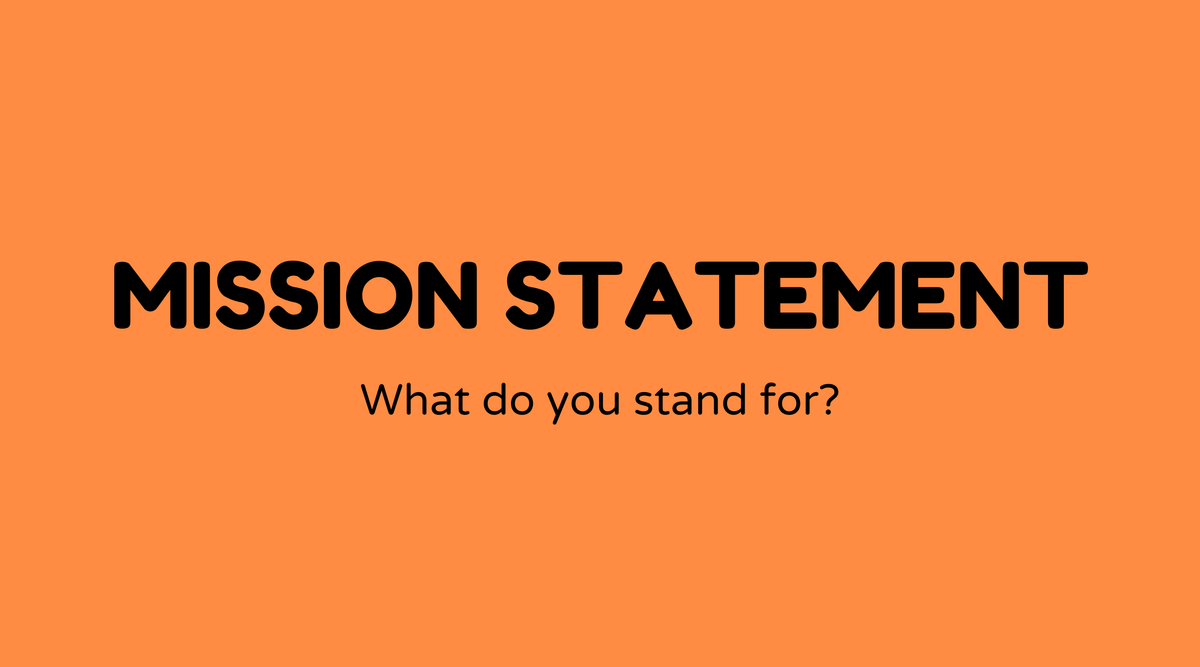Mission statement

Overview of Mission Statement
A mission statement serves as the foundation for any organization, defining its core purpose and primary objectives. It conveys the company's goals, culture, and values in a succinct manner. Numerous successful companies have depended on well-defined mission statements to keep their teams aligned and motivated. But why is a mission statement so essential?
Why Mission Statements Are Important
Mission statements offer clarity to stakeholders, including employees, investors, and customers. They contribute to strategic direction, guiding decision-making processes and actions within the organization. By outlining the company's reason for existence, a mission statement helps maintain focus amidst the complexities of the business landscape.
Furthermore, an impactful mission statement can strengthen branding, highlighting what distinguishes the company from others. This clarity can foster a deeper emotional connection with consumers—promoting brand loyalty.
For instance, take the mission statements of prominent corporations like Apple or Google. They briefly outline their objectives and enthusiasm, which resonates both internally and externally. This not only fosters internal cohesion but also enhances a strong public image.
What is a Mission Statement?
A mission statement is a concise description of a company’s fundamental purpose. It addresses the questions, "What do we do?" and "For whom do we do it?" Typically, a mission statement is concise, often comprising only one or two sentences, yet filled with meaning and intention.
Common elements included in a mission statement are:
- Goal: What the company aspires to achieve.
- Value proposition: What makes the company distinctive.
- Broad strategy: The means through which the company intends to reach its goals.
Here’s a sample mission statement for illustration:
"To deliver innovative technology solutions that connect people and businesses with opportunities globally, encouraging growth and success."
How Do You Create a Mission Statement?
Drafting a mission statement requires reflection and clarity. The process involves identifying what makes your organization unique and the impact it aims to have:
- Understand your purpose: Consider why your company exists beyond profit.
- Define your audience: Identify the individuals your company seeks to serve.
- Highlight key values: Identify the core principles that guide your operations.
- Draft and refine: Start broadly, then edit for precision.
- Seek feedback: Collect input from stakeholders to ensure alignment.
- Communicate widely: Share the final statement with everyone in the organization.
An organized table can help in sorting concepts:
| Element | Example |
|---|---|
| Purpose | Provide innovative technology solutions |
| Audience | People and businesses globally |
| Key Values | Growth, connectivity, success |
| Final Statement | To connect people and businesses globally through innovative tech solutions. |
Examples of Mission Statements
Below are several well-known examples illustrating the diversity of mission statements:
- Google: "To organize the world’s information and make it universally accessible and useful."
- Nike: "Bring inspiration and innovation to every athlete* in the world."
- Tesla: "To accelerate the advent of sustainable transport by bringing compelling mass-market electric cars to market as soon as possible."
These examples demonstrate how specific and varied mission statements can be, tailored to the unique culture and goals of each organization.
FAQs
What is the difference between a mission statement and a vision statement?
- A mission statement emphasizes the current state and purpose, while a vision statement outlines future aspirations of a company.
How long should a mission statement be?
- Ideally, it should be concise, about one to two sentences long.
Why do companies revise their mission statements?
- To reflect shifts in market positions, objectives, or values.
How often should a company review its mission statement?
- Regularly—ideally every few years or when significant changes occur.
Can a mission statement affect employee satisfaction?
- Yes, a clear mission can boost motivation and morale by providing direction and meaning.
Should a small business have a mission statement?
- Absolutely; it helps establish identity and guide growth.



